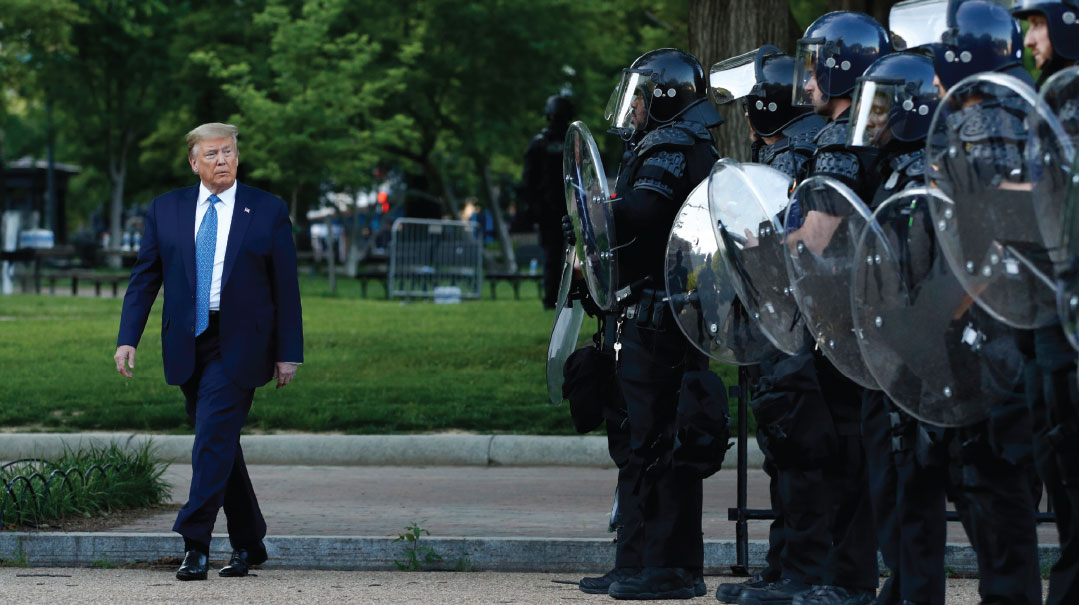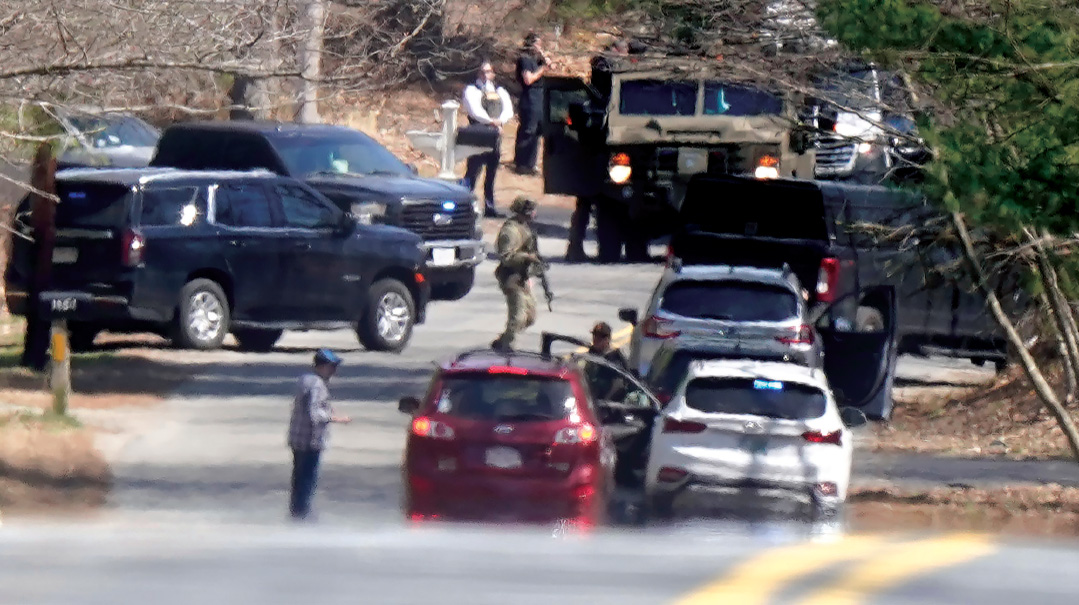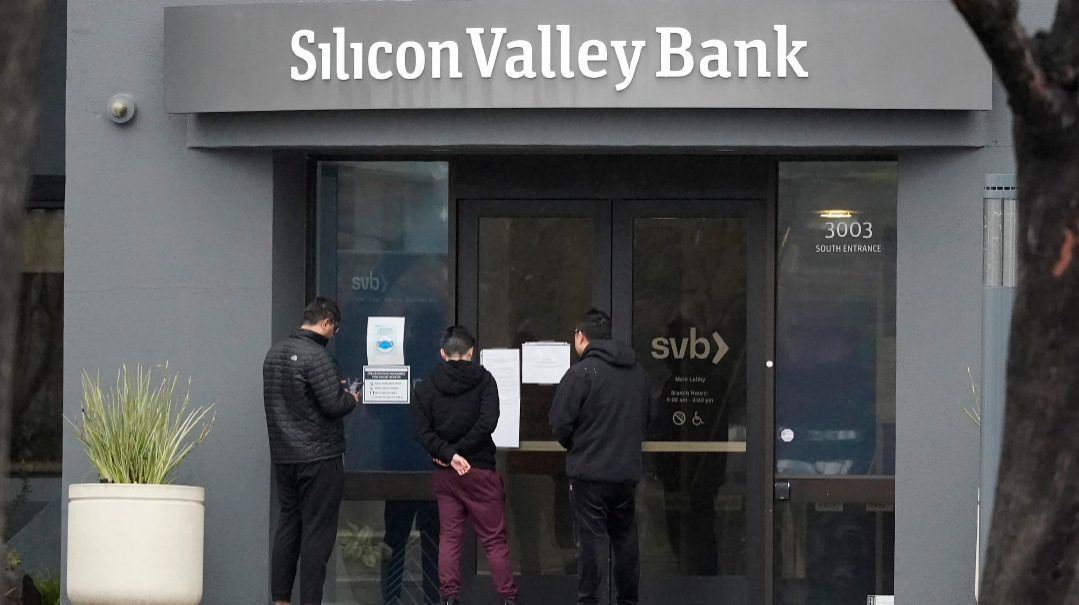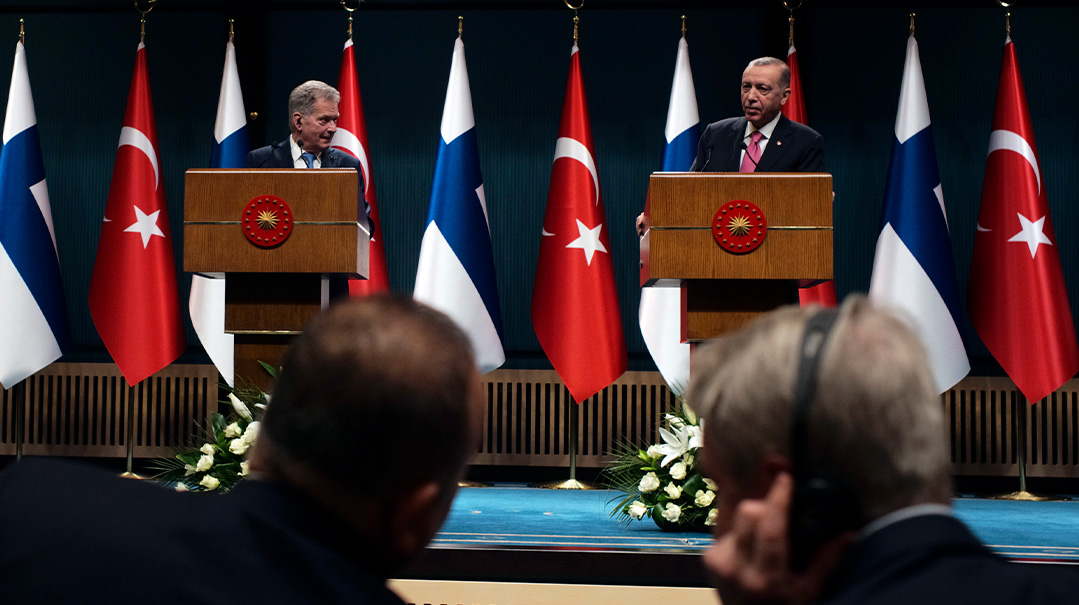Is Trump Toast?

It would be dangerous for Democrats to underestimate Trump

The past couple of weeks have seen a seismic social eruption in the United States. The combination of a global pandemic and a sinking economy had created the perfect storm, a tempest that was ready to swirl to shore. The killing of George Floyd served as the thunderbolt that announced the storm’s arrival.
One hundred fifty days before the 2020 elections, America appears more divided than ever. “Rage” is the byword and “justice” is the demand.
In the middle of the raging storm sits President Donald Trump, appearing more vulnerable than ever. In March, Trump was within striking distance of presumptive Democratic nominee Joe Biden. Today, with protests in all 50 states, national polling shows him trailing by double digits. Add to that a persistent pandemic and near wall-to-wall negative media coverage and Trump’s chances for reelection seem more remote than realistic.
However, Trump, being Trump, has not backed down from the fight. Rather than apologize and appease protesters, the president has made the political decision to employ the “law and order” strategy to propel him to reelection.
“Some of the looting and criminal behavior that has occurred with the protests has raised the salience of law and order and support for the police, which are issues that benefited Trump in 2016,” said Robert Shapiro, a professor of international and public affairs in the political science department at Columbia University. “That may be enough to keep the election close and allow him to win the electoral vote. But a bad economy and political disruption in general is very bad for incumbent presidents. The law-and-order strategy works best against incumbents. But Trump is the incumbent here.”
When Minneapolis mayor Jacob Frey, a progressive Democrat, is seen kowtowing to protesters and still run off the stage, it sends a message: Even the hitherto most liberal of policies is no longer acceptable. Indeed, days after Frey’s comeuppance, the Minneapolis City Council voted to dismantle the city’s police department and build it anew based on a “transformative new model of public safety,” in the words of one city council member.
That phenomenon may be an opportunity for Trump to argue that the real choice Americans face is between “law and order” and “chaos.” Key independent voters, who are otherwise turned off by Trump’s unruly behavior, might agree.
Trump has shown little willingness to listen to protesters and has dismissed their calls for police reforms. But might that be part of his strategy? The pictures of peaceful protesters teargassed so the president could walk to a photo-op in front of a church were largely condemned. But could just that kind of bravado turn the hearts of independents?
Shapiro, for one, doubts that strategy will work. He told Mishpacha that he expects the 2020 elections to be a repeat of 2018, when the Republicans lost control of the US House of Representatives. But this time, the victim will be the president.
“I thought 2020 would be close in that Trump would have his strong base and could claim credit for keeping many of his promises and was presiding over a strong economy,” he said. “Given that his popularity has not been high and the 2016 election hinged on him winning Michigan, Wisconsin, and Pennsylvania by under 90,000 votes, however, I think the Democrats will be able to mobilize voters in those states.”
In the months before the election, Shapiro said Democrats will highlight Trump’s irreverent behavior with the goal of winning over swing voters who may have given him the benefit of the doubt in 2016. He expects Democrats to win Michigan, Wisconsin, and Pennsylvania, and with that the closing of Trump’s electoral chances.
“But the Democrats need all three unless they can pick up Arizona or Florida or some other state,” he stressed. “The current situation has turned badly for Trump due to the pandemic, the economy, and his authoritarian behavior during the current protests. This could help the Democrats mobilize voters and diminish Trump’s past support among whites, especially women, and elderly voters.”
But it would be dangerous for Democrats to underestimate Trump. Going into election day in 2016, pundits gave him a 30% chance of winning the race. While he looks weak now, a lot can happen in 150 days.
(Originally featured in Mishpacha, Issue 814)
Oops! We could not locate your form.













